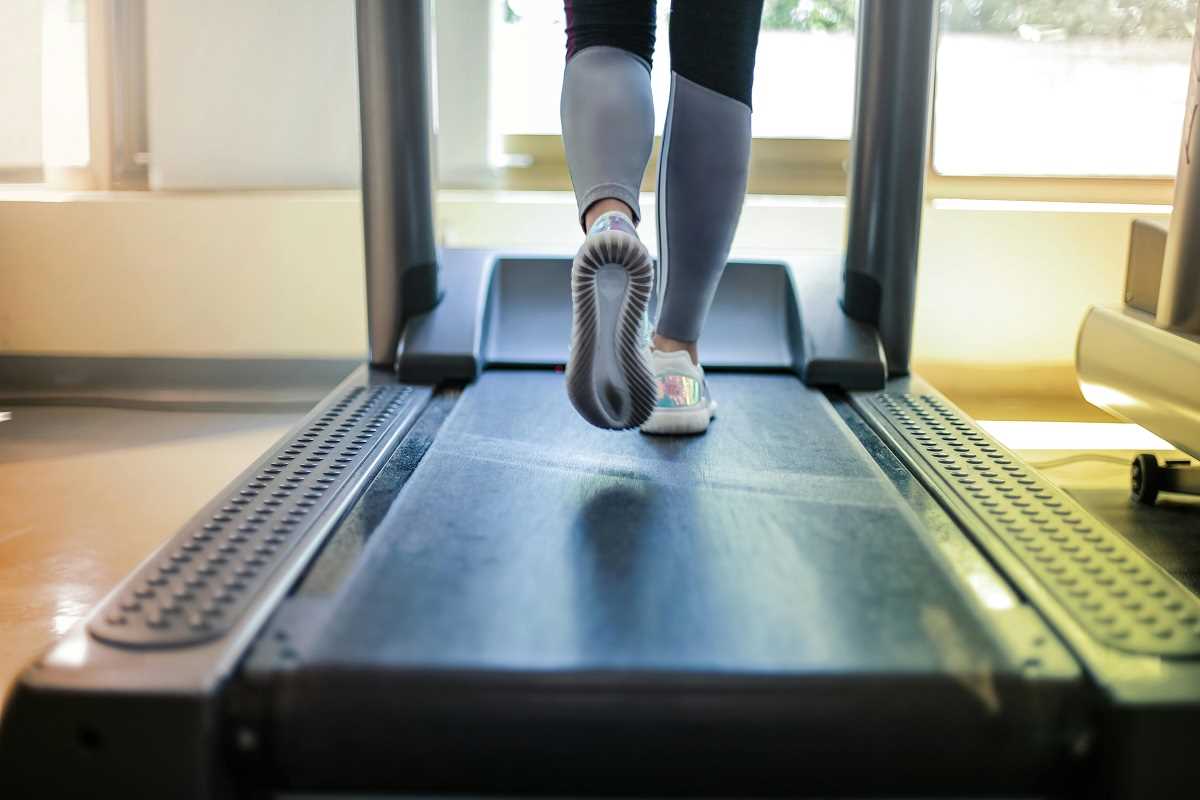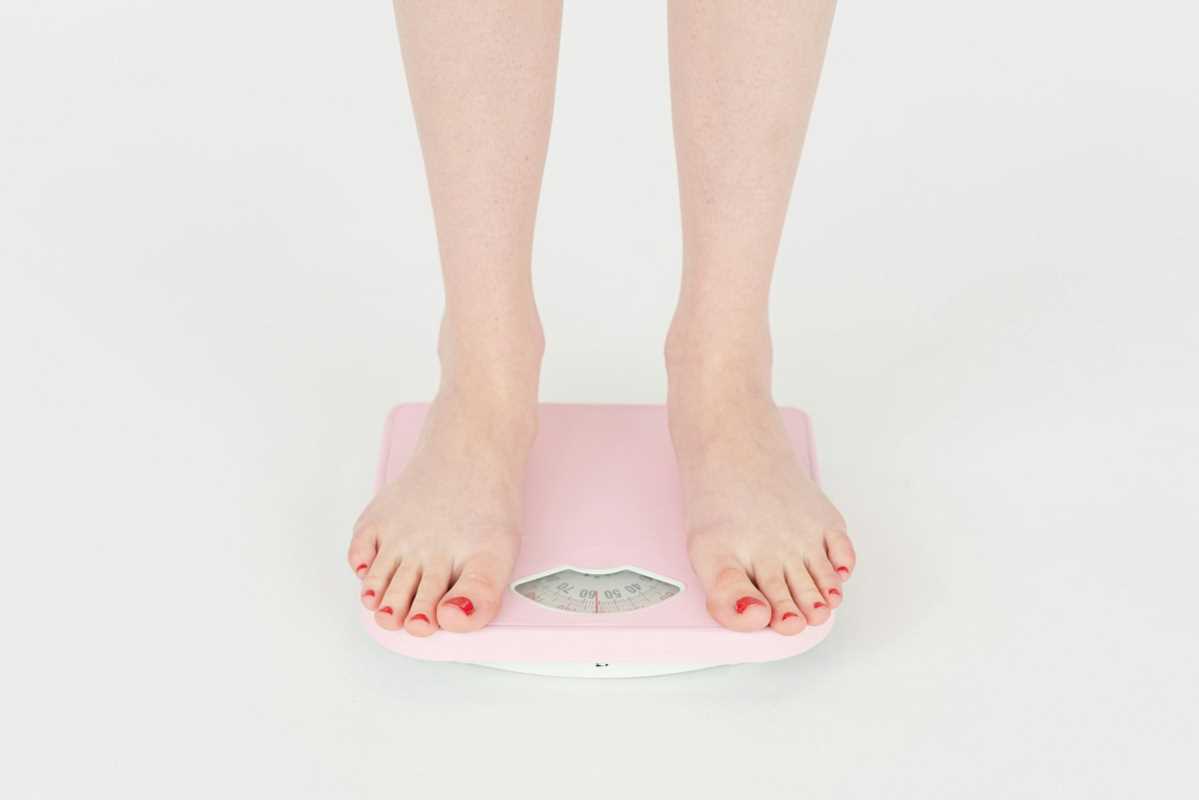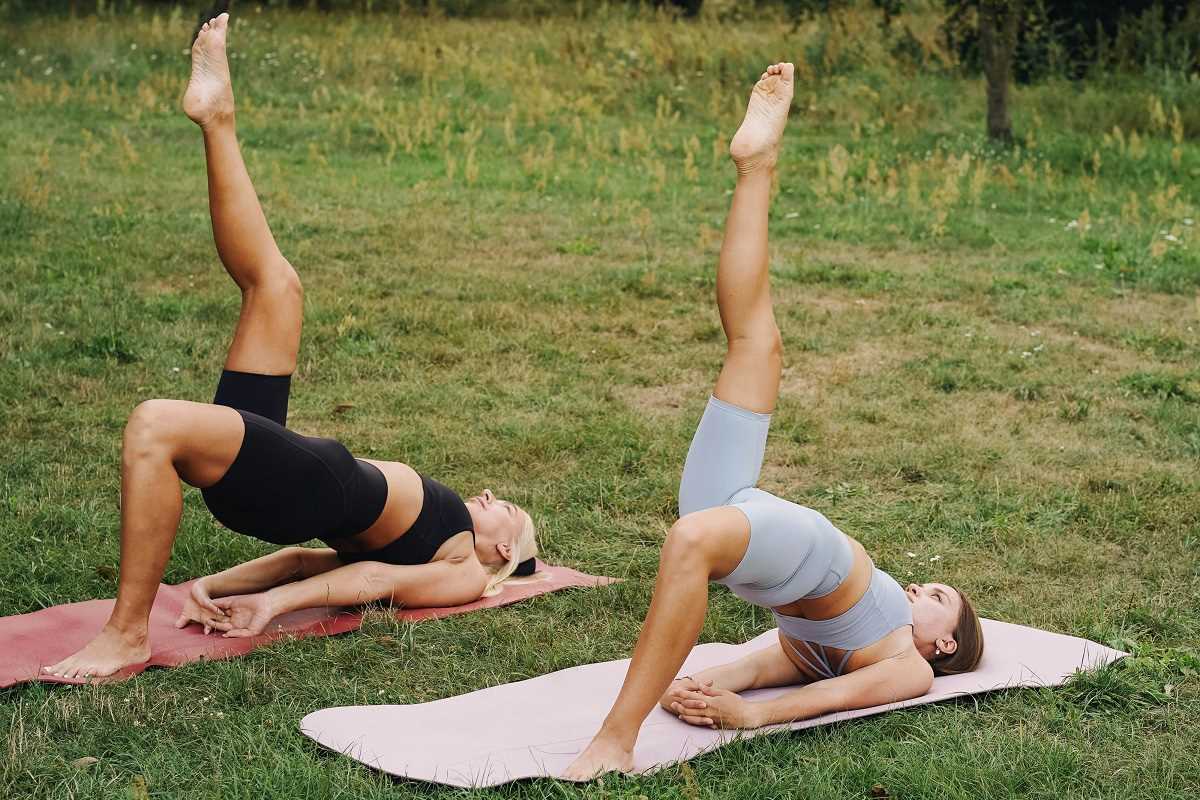Resistance bands might be one of the most underrated tools in fitness. Compact, lightweight, and versatile, they’re the ultimate solution for anyone looking to build strength, improve flexibility, or rehabilitate an injury. But if you’re just starting out, you might be wondering how to use them or why they’re worth the hype. Don’t worry—we’ve got you covered.
This guide will introduce you to the world of resistance bands, explain their benefits, and provide step-by-step instructions for a variety of beginner-friendly exercises to get you started.
What Are Resistance Bands?
Resistance bands are elastic bands made from durable rubber, designed to provide resistance during exercise. They come in various shapes, sizes, and resistance levels, making them suitable for all fitness levels—from complete beginners to seasoned athletes.
Types of Resistance Bands:
- Loop Bands - These form a continuous loop, perfect for lower body exercises like squats, lateral steps, and glute bridges. They come in multiple resistance levels, typically ranging from light to extra heavy.
- Flat Bands - Flat, wide bands are great for physical therapy, stretching, and light strength training. They’re versatile and portable but may lack the durability needed for heavy-duty workouts.
- Tubing Bands with Handles - These longer bands with handles are ideal for exercises like rows, chest presses, and curls. They often resemble gym machines and make for a great substitute if you don’t have access to weights.
- Figure-8 Bands - Shaped like the number 8, these bands are ideal for isolating smaller muscle groups, including arms and chest. Their compact size makes them simple to use for quick, targeted exercises.
- Therabands - Commonly used in rehabilitation settings, these flat and lightweight bands allow for a gentle range of motion and are customized by cutting them to your preferred length.
If you’re not sure where to start, a beginner set with several types of bands, each offering different resistance, can provide a good balance of options.
Why Should Beginners Use Resistance Bands?
You might wonder, "Why not just start with weights?" Resistance bands offer numerous benefits that make them perfect for beginners. Here’s why they’re an excellent choice:
1. Low Impact, Joint-Friendly
Unlike free weights that can strain your joints if used incorrectly, resistance bands offer smooth, controlled resistance. This protects your joints while strengthening muscles, making them beginner-friendly and ideal for anyone recovering from injuries or dealing with joint pain.
2. Adjustable Intensity
Resistance bands come in a variety of tension levels, usually color-coded to signify light, medium, or heavy resistance. This means you can progressively challenge yourself by moving up to higher-resistance bands without the need to purchase expensive weights or machines.
3. Affordable and Portable
Compared to gym memberships or heavy gym equipment, resistance bands are extremely affordable. Many sets cost less than $30 and can be stored in a small drawer, tote, or even a pocket of your gym bag. Plus, their portability makes maintaining your fitness routine easy while traveling.
4. Improves Range of Motion
Resistance bands don’t just strengthen muscles; they increase flexibility and mobility by targeting muscles throughout their entire range of motion. This can help improve your form, prevent injuries, and enhance overall body mechanics.
5. Versatility
Resistance bands are like a full gym in your bag. Whether you’re targeting legs, arms, core, or back, there’s a band and workout perfect for your needs. They also support dynamic movements, which mimic real-life functional activities, improving overall strength and stability.
6. Great for Building Muscle Endurance
Unlike weights that might focus purely on muscle size, resistance bands are excellent for training endurance since they keep continuous tension on your muscles during exercises.
7. Perfect for Beginners and Experts
The beauty of resistance bands is that they offer progressive overload (increasing difficulty) without requiring technical movements. Beginners can enjoy safe, approachable workouts, while advanced users can incorporate bands for added challenge.
Getting Started with Resistance Bands
If you’re new to resistance bands, there are a few key factors to keep in mind to ensure you maximize your benefits while reducing the possibility of injury.
1. Pick the Right Band
Resistance bands come in different levels—from extra light to extra heavy. It’s better to start with a lighter band to master proper form before moving on to higher resistance. If you find a particular exercise too easy, you can make adjustments, such as shortening the band or switching to a tighter loop or heavier band.
2. Secure the Band Properly
One of the biggest risks when using resistance bands is slippage, which can lead to injury. Make sure your band is securely anchored to your feet, hands, or a stable object before applying tension.
3. Don’t Skip the Warm-Up
Warming up improves blood flow, activates your muscles, and reduces the risk of injury. A quick 5–10 minute warm-up of light cardio, jumping jacks, or dynamic stretches will prepare your body for your workout.
4. Focus on Form Over Speed
Good posture and technique are crucial when using resistance bands. Maintain proper alignment, engage your core, and avoid locking your joints. Move at a controlled pace for consistent tension and better results.
5. Breathe!
Many beginners forget to breathe during exercises. Remember to exhale during exertion (e.g., the active part of the lift) and inhale as you return to the starting position.
12 Beginner-Friendly Resistance Band Exercises
Here’s a set of simple yet effective exercises that target different muscle groups. Perform each exercise for 12–15 reps, or 2–3 rounds to create a complete workout.
Lower Body Exercises
- Glute Bridge with Band
- Place a loop band above your knees.
- Lie on your back with knees bent and feet flat on the floor.
- Lift your hips and push through your heels, pressing your knees outward slightly against the band.
- Lower back down. Repeat.
- Lateral Band Walk
- Place a band around your thighs or lower legs.
- Lower into a partial squat and step sideways, keeping tension on the band. Repeat for 10 steps on each side.
- Squats with Band
- Place a loop band above your knees or lower.
- Perform a standard squat, ensuring your knees stay outward against the resistance.
- Standing Kickbacks
- Anchor the band to a sturdy object. Loop one ankle through the band.
- Extend your leg straight back in a controlled motion while keeping your torso upright.
Upper Body Exercises
- Bicep Curls
- Stand on a band, holding the handles with palms facing up.
- Bend your elbows to lift the band toward your shoulders.
- Overhead Tricep Extension
- Hold a loop band with both hands behind your head.
- Straighten your arms upward, then lower slowly.
- Seated Row
- Sit on the floor with a band beneath your feet.
- Hold one end in each hand. Pull toward your torso, squeezing your shoulder blades.
- Standing Chest Fly
- Secure the band at chest height.
- Hold the handles, step forward, and bring your hands together.
Core Exercises
- Russian Twists
- Sit on the ground with a loop band across your thighs. Lean back slightly and rotate from side to side.
- Plank with Band Taps
- Loop a band around your wrists.
- Assume a plank position and tap each hand forward, keeping tension in the band.
- Reverse Crunch
- Attach a band to a low anchor and loop your feet through.
- Lie on your back and bring your knees toward your chest against the resistance.
- Side Leg Raises
- Place the band around your thighs.
- Lie on your side and lift your top leg upward.
Tracking Your Progress
To stay motivated and see results, track your progress. Here are some ways to measure:
- Increase Reps: Add more repetitions or sets as your endurance improves.
- Level Up on Bands: Progress by using a stronger resistance band.
- Mobility Gains: Save how far you’ve stretched or moved compared to a week before.
- Strength in Everyday Activities: Notice improvements in tasks like climbing stairs, lifting objects, or even sitting with better posture.
Give the exercises above a try, and don’t be afraid to experiment. You’ll quickly discover just how effective a simple elastic band can be in transforming your fitness routine.
 (Image via
(Image via





